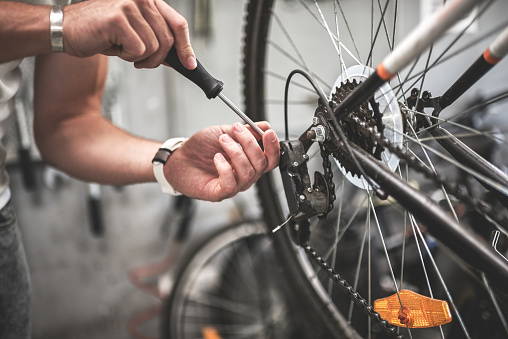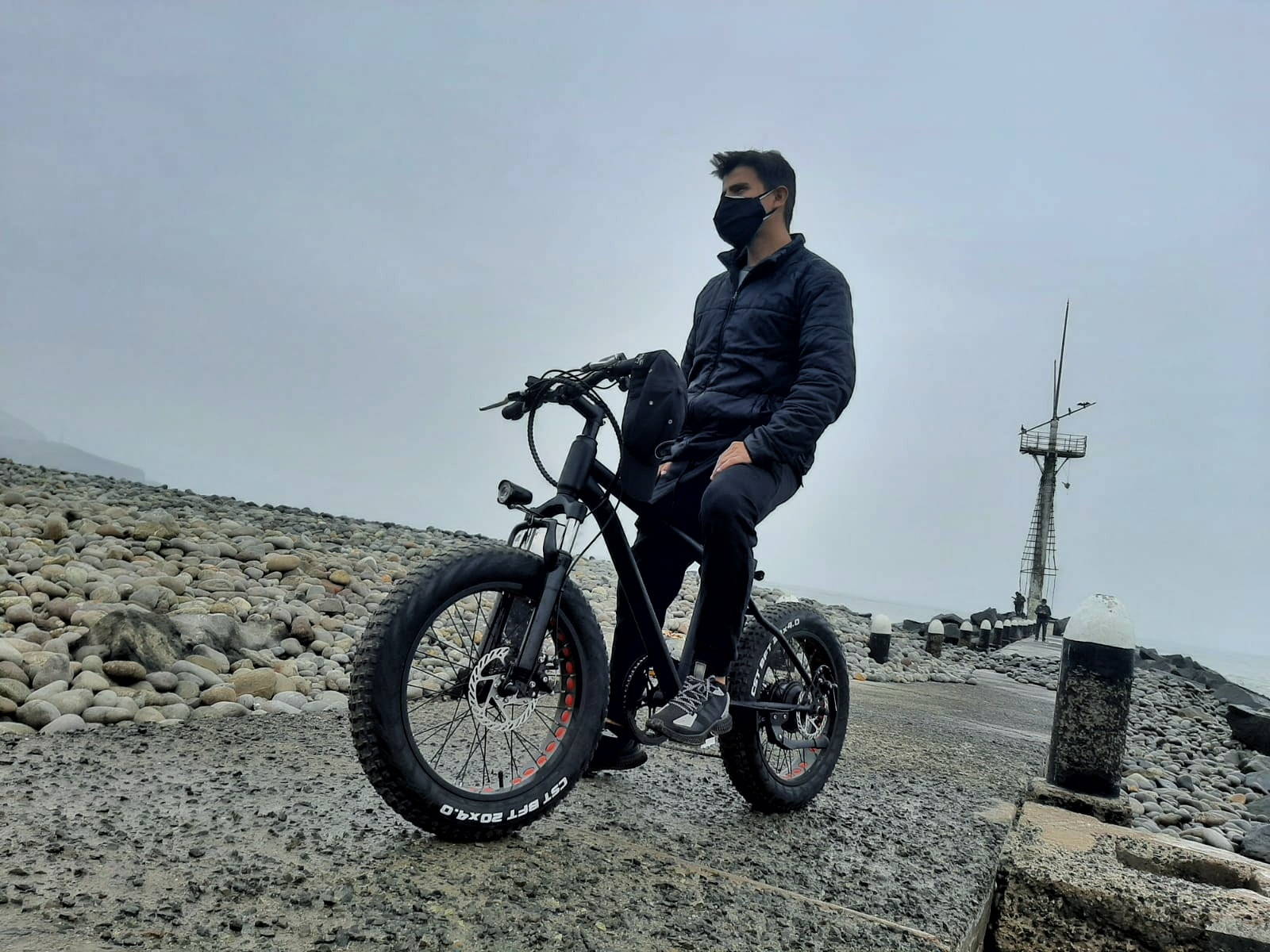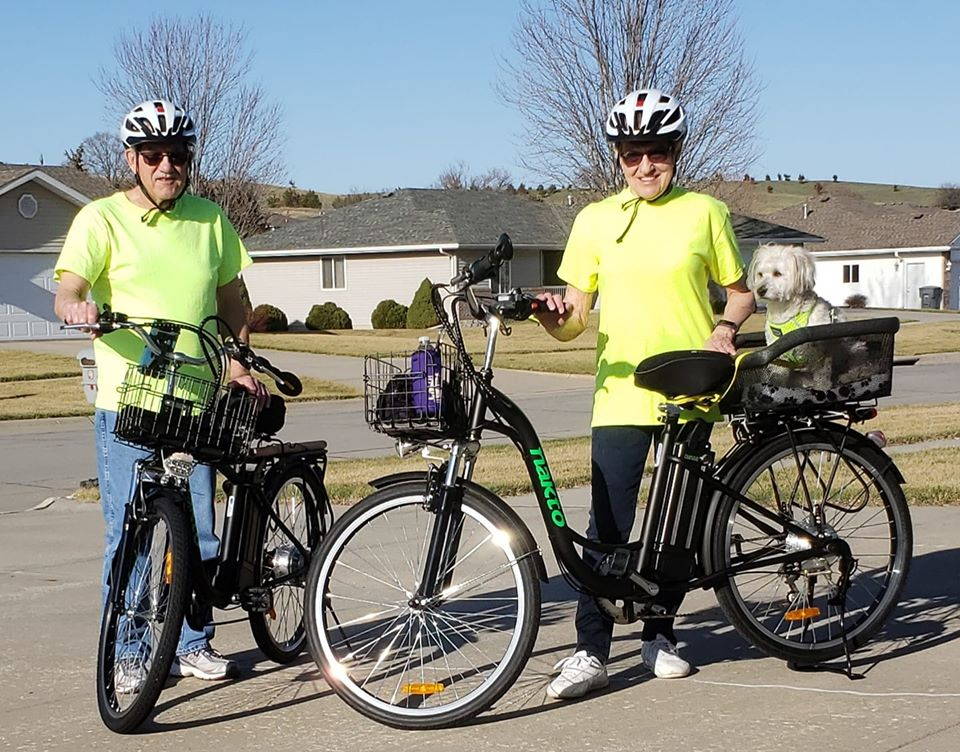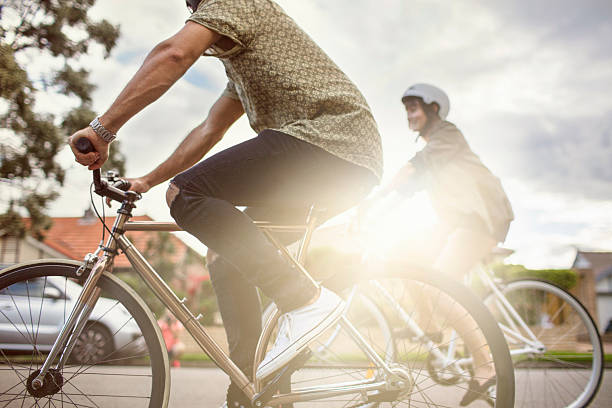
8 Common Misconceptions About Electric Assistance
Any new technology looks skeptical to people at first. Be it electric cars or even Roombas, innovative technology is here to stay and grow. Many people are dicey about E-bikes too. They have many false impressions about e-bikes that prevent them from buying them.
What are common misconceptions about E-bikes? A pretty common misconception is that you can't get your E-bike wet. People also feel that E-bikes are heavier and bigger than non-assisted bikes. Another wrong impression most have about E-bikes is that due to their complexity, they need extra maintenance. Since they are electric-powered, E-bikes are easy to ride and don't require extra effort while pedaling. It's easy to ride even uphill without much assistance.
While most of these misgivings may have been true of older E-bikes, they don't translate to the new-age ones. Let's see some of these ideas:
Subscribe
To join our mailing list and never miss an update!
2.Electric bikes need too much maintenance

For the most part, electric bikes still have a lot in common with normal bikes. The inner workings, gears, brakes, etc., are almost the same. And so they need at least a basic level of maintenance, same as regular bikes. And just like normal bikes, the more you use, the more you need to take care of them.
The only additional feature of electric bikes that needs attention is their battery. The battery needs regular charging and works to keep it running for a long time. There are certain best practices to follow while doing so. Just like any other lithium-ion battery, they cannot withstand harsh temperatures. E-bike batteries severely underperform, and their range is reduced in extremely cold weather.
It also depends on the bike's brand. Cheaper brands use low-quality batteries, which can damage fast. They cannot handle many charge cycles and discharge easily with time. Electric bikes can handle around 8000 charges per battery before degradation sets in. To preserve battery life, store it indoors in a dry, well-regulated space.
Clean the connection points before connecting to your battery. Any dirt or grim on them can, in turn, spoil the battery. If you leave your electric bike in the car trunk, make sure to remove the battery first. Take the battery home and store it in a cool place at normal temperature.
3.Electric bikes do not provide much exercise

Looking at electric bikes, most times, we think that with electric assistance, you don't need to put much effort. So the amount of calories burnt is lesser than on conventional bikes. But, this isn't how it works. You still need to constantly pedal the bike to maintain higher speeds. Albeit it won't be as tiring as an electric bike.
Studies found that there were several health benefits of riding an electric bike, including improved maximum effect and increased oxygen intake. People burn around 300 to 400 calories per hour on electric bikes. That is around 75% of the calories burnt using non-assisted bikes. However, a practical experiment showed that it could go up to 80% of calories consumed.
Although electric bikers may have to ride longer than regular bikers to burn the same amount of calories, they could cover greater distances without taking a break. There were lower levels of exertion, and health levels could be monitored too. So, this is a great option for those with cardiac-related health problems.
In electric bikes, as you build your fitness, the level of help or assistance needed decreases. This also depends on many other factors than just using electric bikes. The terrain, location, weather conditions, etc., matter too. Electric bikes give you a superior way of monitoring and developing your fitness compared to conventional bikes.
4.Electric bikes cannot be used during monsoon

Technology has advanced so far that even electric bikes are now waterproof. Most people fear that they may get electric shocks if they ride in the rain. That is not true. Nor will the rains damage their electrical components. These bikes are well insulated to protect their electrical portions from rain and hail.
They are also designed to avoid water splashing on any of the electric parts. Even if they are waterproof, they still have to be handled with care. Pressure washing damages electric bikes easily. So avoid it as much as you can. Hand-wash or use a low-pressure hose to rinse off the dust and grime.
Most bikes have the IPX4 water-resistant standard. This protects water splashes from all directions. Now freely ride, splashing through the rain. You no longer need to worry about any damage to the motor or battery. IPX4 water resistance tells us that the bike is not harmed when water sprays on it while riding on wet roads. There are a few tips, however, so you can safely ride in the rain.
Always brake early while riding an electric bike in case you need to stop. This prevents hydroplaning. Slow down on corners to prevent leaning into them too much. You can tire yourself into the ground properly while doing this. While riding, check for slippery spots due to oil or dirt and avoid them. Remember to thoroughly dry and clean your bike after the ride.
5.Only lazy people use Electric bikes

While this may be closer to reality than some debunker might think, what most forget is that the actual purpose of electric bikes is getting people to pedal. So the faster you pedal, the faster it goes, just like regular bikes! At least this would get people to get off the couch and work out. Lazy or not!
Most electric bikes provide throttle-only riding. It also makes riding fun as you go faster. This would involve more people in electric bikes, resulting in a much healthier population. Keeping in mind the earlier studies showing the effectiveness of electric bikes, as at least 75% of regular bikes in burning calories, we would say it's a win.
People on electric bikes take lesser breaks between riding and going on for longer distances. So, even if you haven't exercised in a while, go out there and get yourself an electric bike.
6.Power can discharge midway, leaving just a heavy bike

While it is true that more power users can travel shorter distances for casual rides, it is smart to keep your bike at minimum settings. You can now travel longer distances without fear of power loss. An upside to electric bikes here is that most of them display accurate power levels.
So you can simply keep track of the levels and judge whether to turn back home or not. At times levels are too low to get you home on the current settings. In such cases, the bike tells you the optimum settings to configure on the bike. That would be enough to get you home safely, rather than leave you stranded. So don't imagine yourself lugging a huge bike around just yet!
Another plus is the GPS satellite navigation system on electric bikes. The bike will calculate the fastest route to get home, considering any roadblocks and other obstacles. You can reach home following the fastest path before your power depletes completely. Now incase, your power does indeed run out, no need to fret!
Modern electric bikes are ultra-light, some at even less than 14 kg. Gone are the days when electric bikes were heavier than their non-assisted counterparts. The tide is slowly turning with motors and batteries being even lighter than before, reducing the overall weight of the bike.
7.Only old people use electric bikes

While this is a common misconception among most people, statistics beg to differ! In Europe alone, eight percent of the population owned electric bikes. And seventeen percent of people would buy or use an electric bike.
People have started realizing the effectiveness of electric bikes. The impressive way in which you can monitor your exercise routine and calories burnt on the bike helps you track your fitness goals better. Across the whole of Europe, each country has at least 20 percent population on average interested in cycling. It's pretty obvious that such figures don't only constitute old people.
This figure, however, runs a bit differently for Britishers. Only seven percent said they would use electric bikes. Nevertheless, with improved features like lesser weight and GPS features, more young people are attracted to it. After all, they promise long-term health without necessary exertion while letting you travel long distances.
As most bikes give an average of 32,000 miles per battery, it is a great alternative for people as means of everyday transport. You can navigate through traffic easily and reach your workplace on time. Besides, it also reduces pollution and is good for the environment in the long term. This is one of its biggest advantages. We see more youth opting for it in the future!
8.Electric bikes are fraud and cheat

It is common for people to get apprehensive about technology. But not so much that you point it out to be totally fraudulent. Most even go on to say that it is a fad and the technology is fake. There is no difference between assisted and non-assisted bikes.
While normal bikes definitely have health benefits, assisted bikes are great too. Although they are a bit slower to show any change in terms of health or weight loss, nevertheless, it happens. Cycling is associated with achieving less body mass index and reducing cardiovascular risks. This reduces the mortality rate greatly.
The biggest advantage is the switch from a couch potato lifestyle to a more active one. And besides, most people feel it's a more fun way to lose weight while traveling around, meeting friends or just going biking on trails or everyday commute. For singles, it is a great means of transport, as opposed to taking the bus or train or even buying a car.
Additionally, it also reduces the risk of diabetes. As there is no stress on the heart, it is a great way to exercise for those with heart ailments. There is no added pressure on the heart to perform. Cover longer distance at the same pace and without exerting oneself. It is a great means for active travel.
Conclusion
We can see through our reviews that electric bikes are a great and healthy way of traveling around. And most of these misconceptions about them are unfounded. One of the biggest boons to rapid climate change, they almost have all the benefits of a non-assisted bike. Modern electric bikes are also lightweight and have GPS satellite systems that help you choose the fastest route through town!
So we recommend you try an electric bike at least once and see that none of these misgivings have any basis. We wish you a healthy life through the way of cycling using electric bikes.

